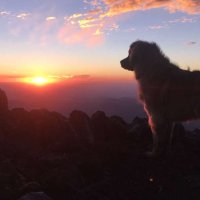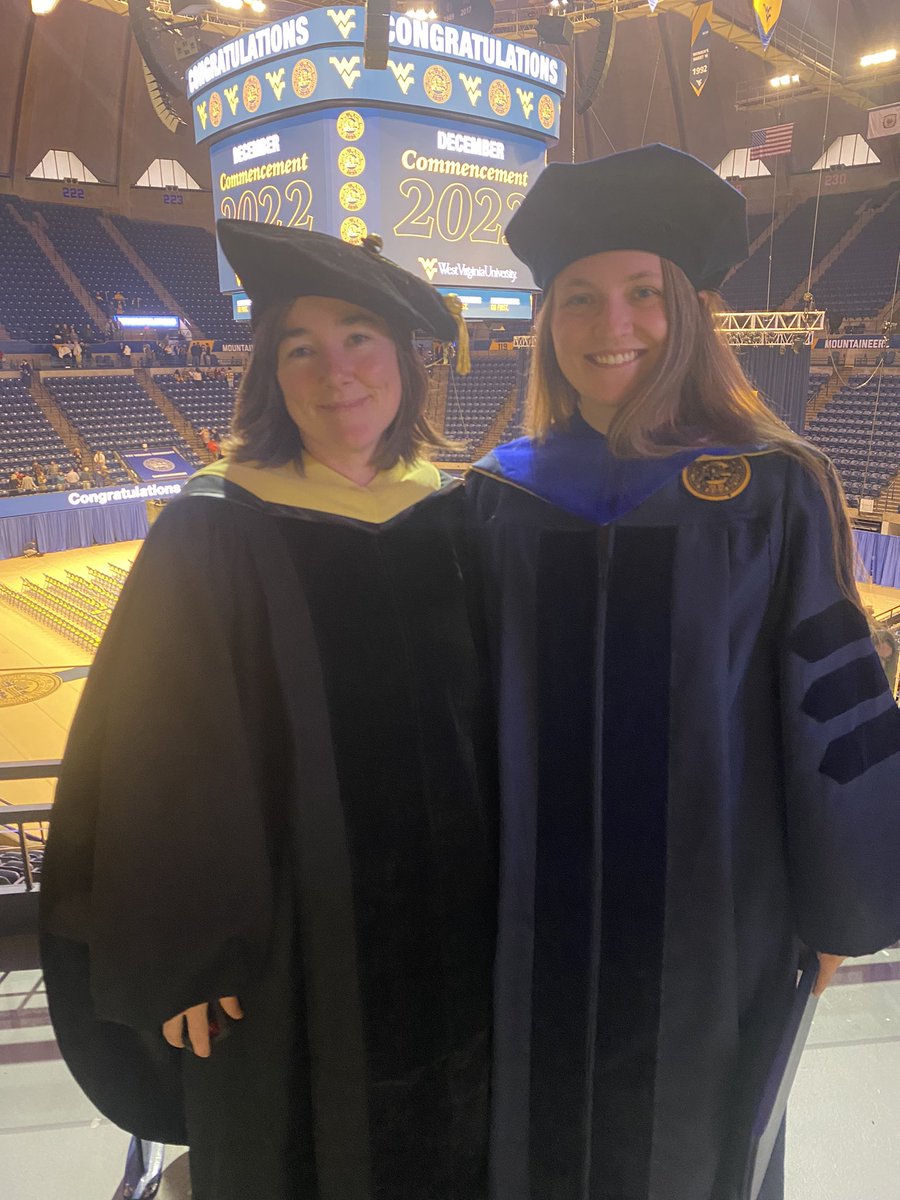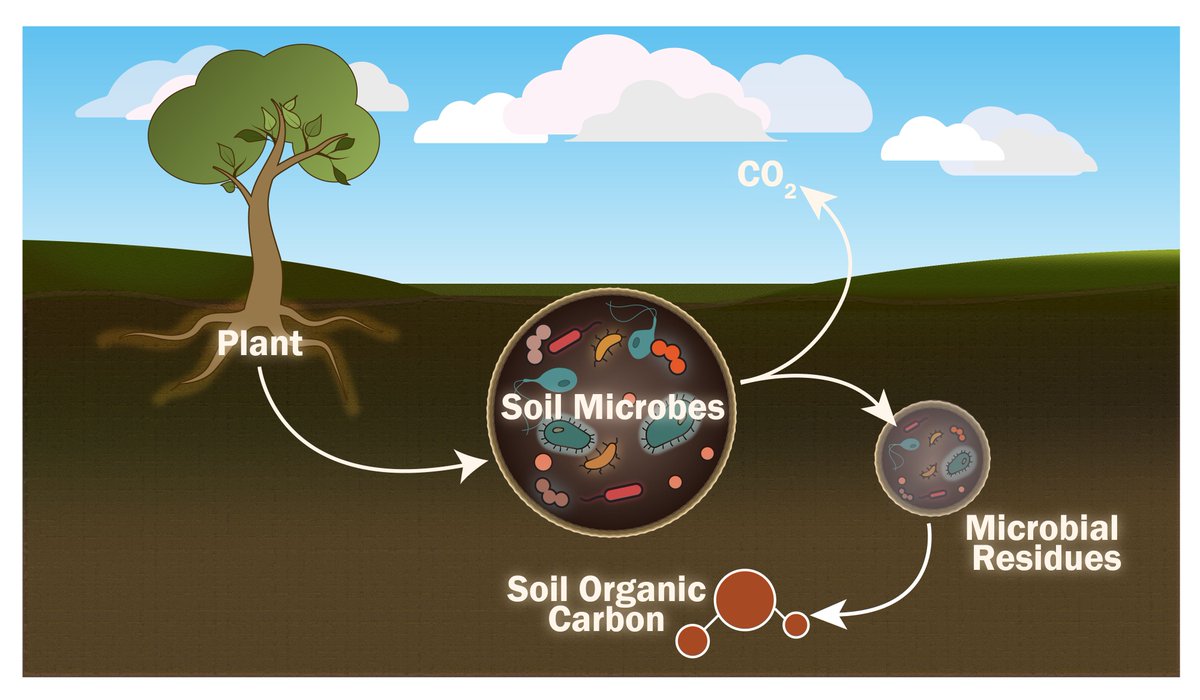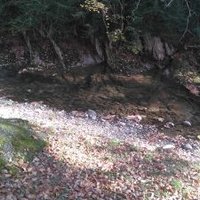
Morrissey Lab
@ember_morrissey
Microbial Ecology, Biogeochemistry, Wetlands, Drylands, Forests, Farms we do it all!
ID: 4477500614
http://morrisseyem.wix.com/morrisseywvu 06-12-2015 18:00:41
98 Tweet
556 Followers
112 Following

|| NEW RESEARCH || Nutrient management and #bioaugmentation interactively shape plant–microbe interactions in #Miscanthus × giganteus 📄 bit.ly/3dRccmL @kane_jenni Morrissey Lab Zac Freedman WVU Davis College #bioenergy

In soil a microorganism’s diet is central to its ecological niche and may serve as a foundation for developing ecological strategies. Read more in our new perspective: authors.elsevier.com/a/1gASS8g13Tqmr Soil Biology & Biochemistry Journal Bruce Hungate Benjamin Sulman @BrzostekLab


Since ‘02, there’s been LOTS of soil C loss with warming in this longterm exp. I’m emotional with the end in sight and so eager to see what the microbes have been up to. THX to Morrissey Lab Dr. Jennifer Pett-Ridge Kirsten Hofmockel Michelle Mack Ben Koch Dr. Alicia Purcell and many #NotOnTwitter

The Morrissey Lab at WVU is seeking a new graduate student to study soil microbial ecology, biogeochemistry, plant-microbe interactions! Fully funded GRA (~26K stipend, health insurance), lively community, great location. morrisseyem.wixsite.com/morrisseywvu please retweet WVU Davis College

Finished! Thanks Morrissey Lab and Zac Freedman for the endless support. Here’s to the next adventure.


The Morrissey Lab WVU Mountaineers · Let's Go! is seeking a #graduate #student to study the #ecology of #microbes in #nature. Fully funded #PhD position (~26K stipend, health insurance), lively community, great location. morrisseyem.wix.com/morrisseywvu please RT


Thanks WVU Davis College for this video about our work in the canopy of the PNW!!! Morrissey Lab Korena Mafune, PhD Looking For Life In The Canopy youtu.be/7aYyzuPiM3A

In soil microbial ecology, there are many theories, far fewer tests. Here is a test! Great work let by Bram Stone Parkeernetwerk NL with Megan Foley Kirsten Hofmockel Jane Marks Dr. Alicia Purcell Dr. Jennifer Pett-Ridge Morrissey Lab #WildMicrobialEcology nature.com/articles/s4139… EcossNAU @NAUResearch



New #CABBI-led study suggests that a transition from traditional sugarcane to "oilcane" may enhance the ability to convert the biomass into valuable fuels and chemicals — without affecting soil #carbon sequestration. Paper in Global Change Biology Bioenergy ➡️ onlinelibrary.wiley.com/doi/full/10.11…


Can #phylogeny be used to predict growth rates in #soil bacterial communities? Find out in our new ISME Communications paper! link.springer.com/article/10.103…


During establishment, the bioenergy crop Miscanthus increases microbial diversity leading to greater carbon use efficiency and soil carbon! Learn more about the role of microbes in storing #soil carbon in our new Soil Biology & Biochemistry Journal paper by Jen Kane. authors.elsevier.com/a/1hneC8g13Xeed



Bram Stone of Pacific Northwest National Laboratory will lead a multi-institutional project to leverage a 20yr warming experiment plus key ecological manipulations to generate data on how climate change influences soil carbon cycling. Morrissey Lab Kirsten Hofmockel EcossNAU jgi.doe.gov/announcement-2…


New findings from CABBI #sustainability researchers suggest that #miscanthus could improve bioenergy sustainability with a root system that builds soil carbon with less fertilizer demand. 📰 Paper in Ecology Letters: onlinelibrary.wiley.com/doi/full/10.11…


This is part of my work Morrissey Lab lab, along with amazing advisors @BrzostekLab, Zac Freedman and many excellent lab members. We used qSIP to measure C and N assimilation rates across bacteria taxa in AM and ECM-associated trees exposed to~30y of N deposition

Plant-microbe interactions are dynamic and context dependent. Miscanthus, a C4 #Bioenergy crop can alter it's N acquisition strategy depending upon #soil fertility. Scavenging for N in fertile soil and trading with #microbes when N is scarce. Jen Kane authors.elsevier.com/a/1iVnq3JGmRMf…


In soil some bacteria are over 10x smaller than their neighbors which influences their physiology and trophic interactions. Our new paper discusses how the size and #biodiversity of microbes determines carbon use efficiency in #soil. …icro-journals.onlinelibrary.wiley.com/doi/10.1111/14….

Check our our new paper: Scaling up taxon-specific microbial traits to predict community-level microbial activity in agricultural systems in Soil Biology & Biochemistry Journal Jeth Walkup authors.elsevier.com/a/1jzfd8g13bSyc


Mycorrhiza—Saprotroph Interactions and Carbon Cycling in the Rhizosphere 📄 buff.ly/bhhOZol WVU Biology Morrissey Lab Binu Mani Tripathi
